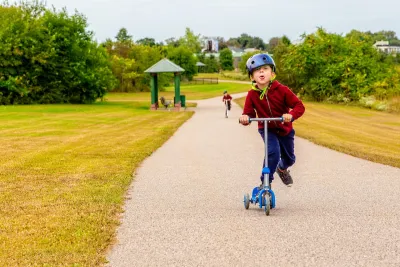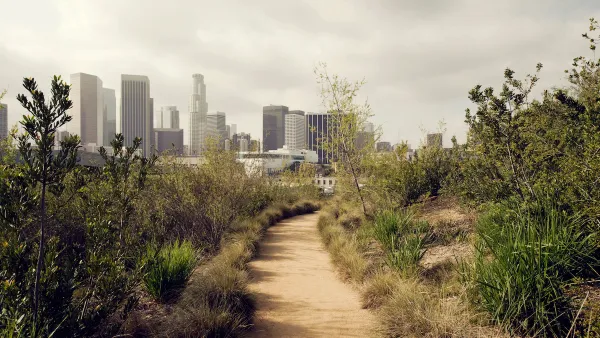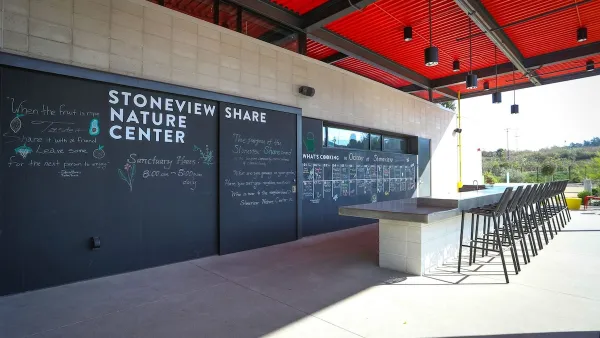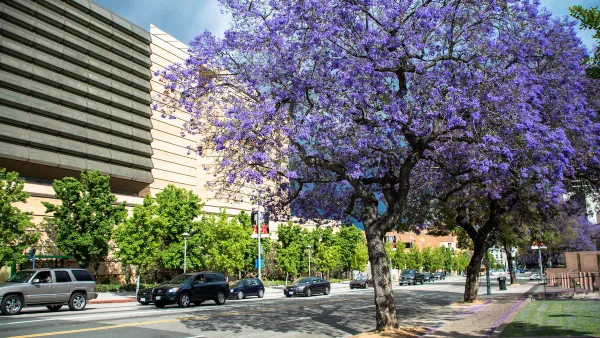Targeted investments in local parks, improved infrastructure, and enhanced transit connectivity are essential strategies to close the nature gap and ensure equitable outdoor access for underserved communities.

A recent study conducted by Jon Christensen from UCLA and Dan Rademacher from GreenInfo Network highlights the significant disparities in access to local parks across six U.S. states—Arizona, California, Georgia, Montana, New Mexico, and Washington. Their analysis revealed that approximately 23 million residents in these states live without a park within a 10-minute walk from home. While many live within driving distance of regional parks, the study emphasized that true equitable access to nature requires more than physical proximity. It calls for culturally relevant programming, improved infrastructure, and increased transit connectivity.
The researchers were surprised to find that a considerable number of people in the studied states had access to regional parks. While neighborhood parks have a strong link to positive health outcomes, regional parks can still contribute to closing the nature gap. They identified several critical actions to improve access: creating more new local parks, making infrastructure investments, and providing public transportation options. They also emphasized that equity goes beyond park availability—it is essential that parks are welcoming and accessible to diverse communities.
One of the standout solutions from the study was the concept of outdoor equity funds, which provide grants to local organizations dedicated to improving access for underserved communities. The study’s parkaccess.org tool helps identify park-poor areas, assisting public lands managers and advocacy groups in targeting their efforts. By leveraging these tools and funding solutions, local governments and community groups can work together to close the nature gap more effectively.
FULL STORY: How local parks can help close the nature gap

Analysis: Cybertruck Fatality Rate Far Exceeds That of Ford Pinto
The Tesla Cybertruck was recalled seven times last year.

National Parks Layoffs Will Cause Communities to Lose Billions
Thousands of essential park workers were laid off this week, just before the busy spring break season.

Retro-silient?: America’s First “Eco-burb,” The Woodlands Turns 50
A master-planned community north of Houston offers lessons on green infrastructure and resilient design, but falls short of its founder’s lofty affordability and walkability goals.

Test News Post 1
This is a summary

Analysis: Cybertruck Fatality Rate Far Exceeds That of Ford Pinto
The Tesla Cybertruck was recalled seven times last year.

Test News Headline 46
Test for the image on the front page.
Urban Design for Planners 1: Software Tools
This six-course series explores essential urban design concepts using open source software and equips planners with the tools they need to participate fully in the urban design process.
Planning for Universal Design
Learn the tools for implementing Universal Design in planning regulations.
EMC Planning Group, Inc.
Planetizen
Planetizen
Mpact (formerly Rail~Volution)
Great Falls Development Authority, Inc.
HUDs Office of Policy Development and Research
NYU Wagner Graduate School of Public Service




























